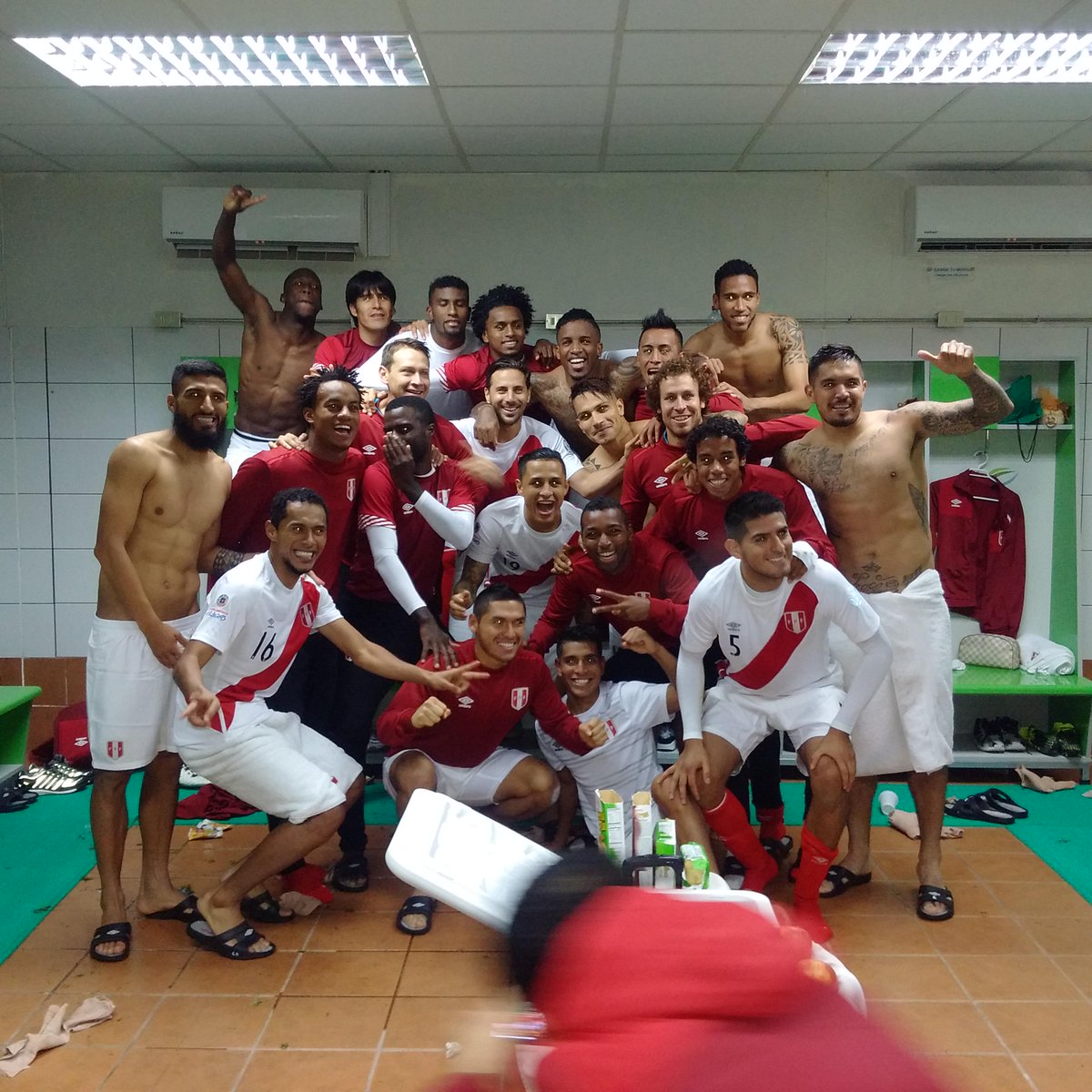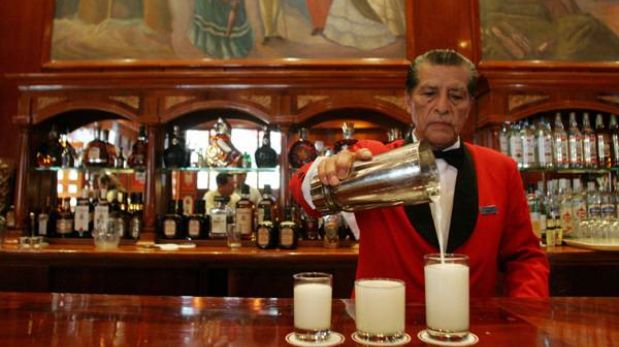In the foothills of the central Andean highlands to the east of Lima is the province of Huarochirí. The ravines here are studded through with mineral and precious metal deposits, and patchwork smallholdings cling to the valley walls.
 |
| Photo: Mylene D'Auriol ©PromPeru |
This is the land of the Huarochirí manuscript, a sixteenth century Quechua language document which was
forgotten for centuries in the royal library of Madrid. Nowadays its detailed
description of the myths, beliefs and traditions of the Huarochirí
Indians makes the manuscript a go to text for Andean scholars.
These mountains were also the birthplace and childhood
home of Julio C. Tello. At the small local school in
Huarochirí town, Tello’s nickname was Sharuko
(Quechua for powerful and irresistible) because of his impulsive and vivacious
nature.
Later in life he served as elected
Representative of Parliament for Huarochirí for a decade, during which time he campaigned for the improved
education and infrastructure in rural areas needed to reduce the economic and
cultural isolation of indigenous communities.
In December 1941 Tello, who was by this time a renowned and distinguished archeologist
in his sixties, travelled once again back to his home town. This time to be
honoured by induction into the Académia de Ciencias Fisicas.
In this story, Hernan remembers him telling the tale of his first
scientific experiment.
A scientist in the making
In which a young Tello loses his hat
In which a young Tello loses his hat
In
the evenings at the Huiñay Huayna camp after a hard ten hour day of labour
clearing the site, we would sit back and rest under the makeshift shelter which
formed our canteen. To one side was the dense tropical Andean forest, on the
other a sheer drop to the river below. There, in this beautiful place, in spite
of our fatigue, the gentle warmth of the sunset was incentive enough for us to
linger a while chatting about the days discoveries.





















